The Spice of Life: 7 Unexpected Ways to Use Baharat in Your Kitchen
Baharat — that warm, earthy, slightly smoky spice blend from the Middle East — has been quietly spicing up kitchens for centuries. Whether you’re a professional chef or a weekend griller, it’s time to bring this powerhouse into your spice rotation. In this article, we’ll dive into its origins, flavor profile, and—most importantly—how to use it in ways you might never have considered.
Table of Contents
- What is Baharat?
- Flavor Profile of Baharat
- Global Variations of Baharat
- Practical Tips for Using Baharat in Cooking
- Creative Uses Beyond Meat Dishes
- Buying & Storing Baharat Like a Pro
- Conclusion
What is Baharat?
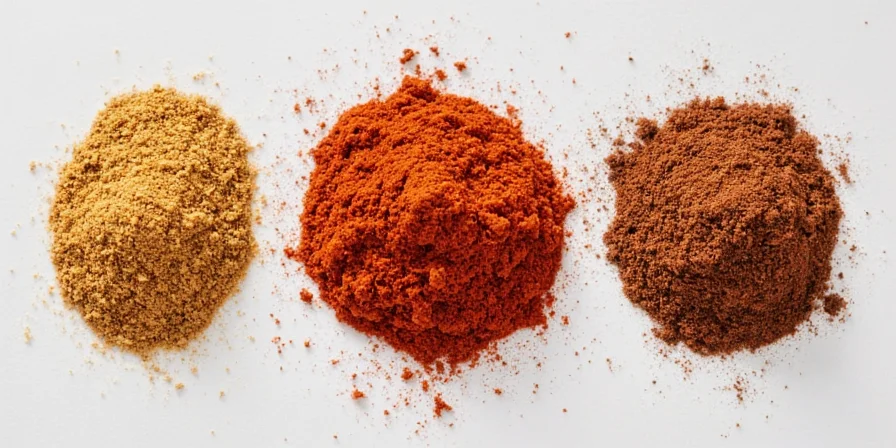
Baharat (which means "spices" in Arabic) is more than just a simple seasoning; it’s a carefully balanced mix of warm, aromatic spices used across the Middle East and North Africa. While recipes vary by region, a classic Middle Eastern baharat blend typically includes:
- Paprika
- Black pepper
- Cumin
- Coriander
- Nutmeg
- Cinnamon
- Clove
- Allspice
- Sometimes chili powder or cardamom
This versatile mix brings depth, warmth, and a subtle sweetness to dishes — making it the perfect companion to both meats and vegetables.
Flavor Profile of Baharat
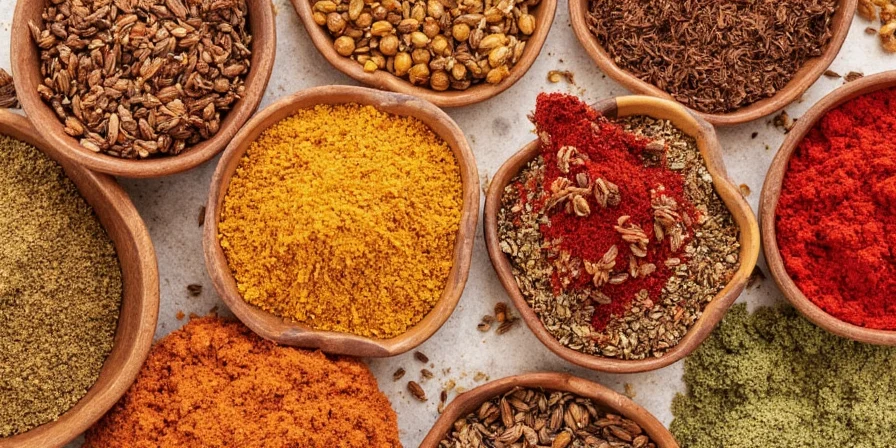
| Taste Element | Description |
|---|---|
| Earthy | Dominant cumin and coriander tones |
| Spicy | Mild heat from black pepper and sometimes chili |
| Sweet | Subtle undertones from cinnamon and allspice |
| Smoky | Faint smokiness from paprika and cooking method |
| Warm | Aromatic notes from nutmeg and clove |
It’s this balance that makes baharat so unique — not too overpowering, but full of complexity when layered into dishes.
Global Variations of Baharat
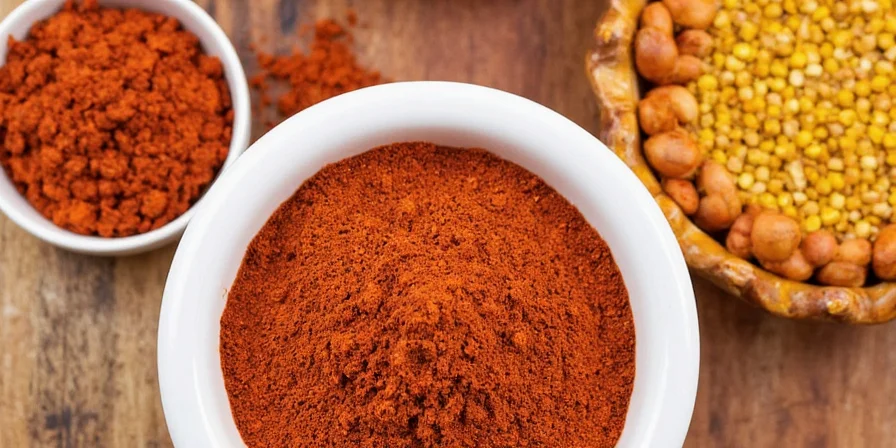
While traditional Middle Eastern baharat remains popular, different regions have adapted the spice mix to suit local palates. Here's how baharat varies around the world:
| Region | Ingredients Used | Common Use |
|---|---|---|
| Lebanon | Black pepper, allspice, cinnamon, nutmeg | Meat dishes, stews |
| Turkey | Paprika, sumac, oregano, mint | Grilled meats, kebabs |
| Egypt | Coriander, cumin, cloves, ginger | Rice, lentils, soups |
| Gulf Countries | Cardamom, saffron, dried lime powder | Seafood, biryanis |
| North Africa | Chili, ras el hanout, turmeric | Tagines, couscous |
Practical Tips for Using Baharat in Cooking
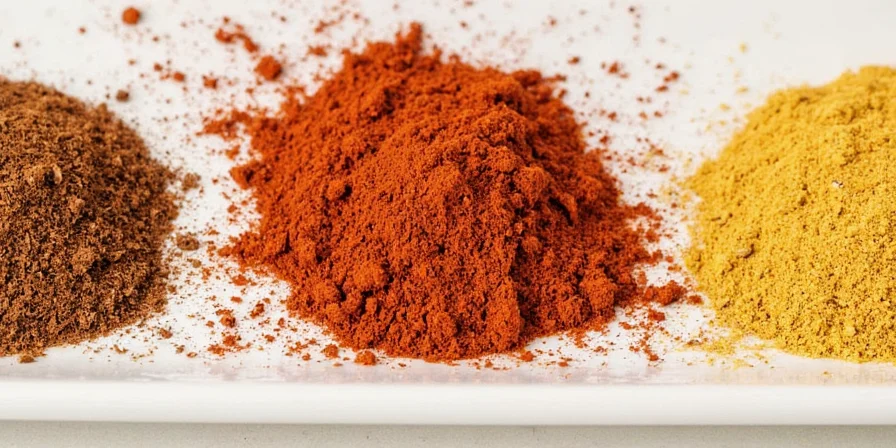
Ready to spice things up? Here are some tried-and-true tips to get the most out of your baharat:
- Toasted First: Lightly toast baharat in a dry pan before using it to unlock deeper flavors.
- Marinade Magic: Mix with olive oil and lemon juice for a powerful meat marinade.
- Season as You Go: Add a pinch during cooking and another at the end for layered flavor.
- For Veggies Too: Roast carrots, cauliflower, or eggplant with baharat and olive oil for a savory side.
- Omelet Upgrade: Sprinkle over eggs for a Middle Eastern twist on breakfast.
- Rub Ready: Make a dry rub for lamb chops or grilled chicken skewers.
- In Soups & Stews: Add a teaspoon to lentil soup or chickpea stew for extra warmth.
Creative Uses Beyond Meat Dishes
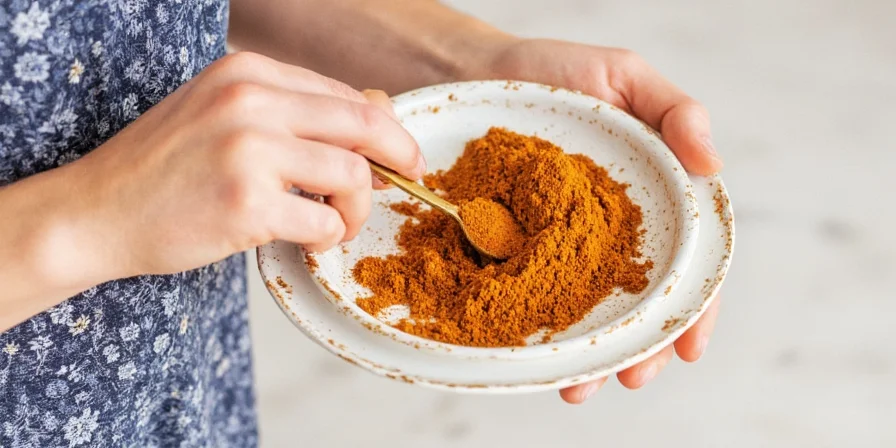
Think outside the shawarma wrap! Here are some inventive ways to enjoy baharat:
- Spiced Popcorn: Toss popcorn with melted butter and a dash of baharat for a snack with a kick.
- Chickpea Crunch: Roast chickpeas with baharat and salt for a crispy, addictive snack.
- Baked Goods: Add a pinch to chocolate brownies or spiced cookies for a hidden warmth.
- Spiced Hot Chocolate: Stir a tiny pinch into your hot cocoa for an exotic twist.
- Infused Oil: Heat oil gently with baharat and store for a quick flavor boost in dressings or drizzles.
- Grain Boost: Mix into rice, quinoa, or couscous before cooking for a fragrant base.
- Stuffed Vegetables: Season stuffing for bell peppers or zucchini with baharat for rich depth.
Buying & Storing Baharat Like a Pro
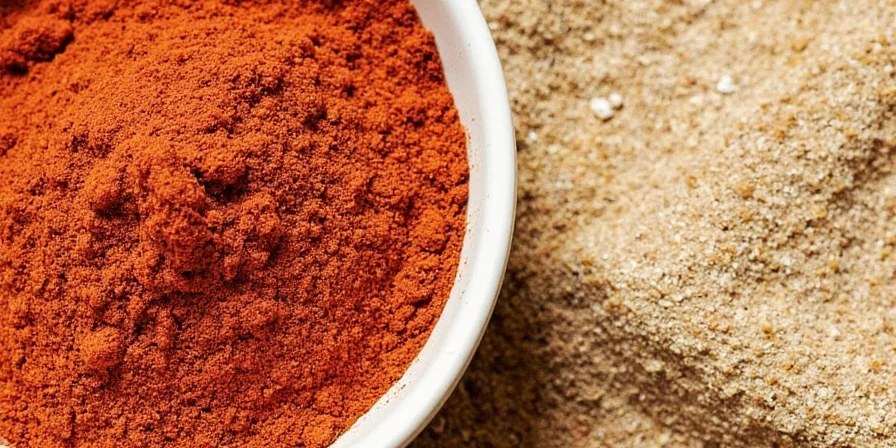
To keep your baharat fresh and flavorful, follow these storage tips:
- Buy Whole Spices: If possible, purchase whole spices and grind them yourself for maximum freshness.
- Store in Glass: Keep your mix in an airtight glass jar away from heat and sunlight.
- Label It: Mark the date you made or opened the blend to track freshness (best within 6 months).
- Make Small Batches: Since it loses potency over time, consider making only what you’ll use in a few months.
- Refrigerate in Warm Climates: If you live in a humid or hot area, storing it in the fridge can prolong shelf life.
Conclusion
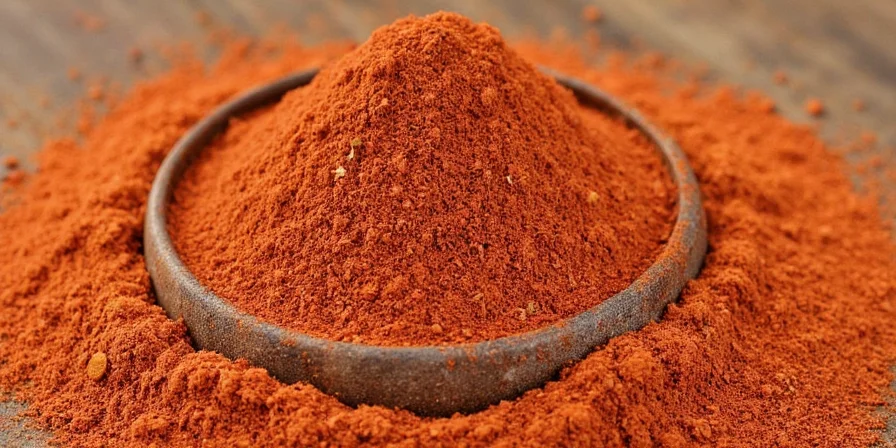
Baharat isn’t just a spice — it’s a gateway to a world of flavor. From humble beginnings in Middle Eastern kitchens to modern fusion dishes, it brings warmth, depth, and soul to every bite. Whether you're a pro chef or a curious home cook, don’t be afraid to experiment with this aromatic blend. After all, variety is the spice of life — and baharat is one of its best ambassadors.
So go ahead… dust off that old spice jar, whip up a batch of your own, or try a new recipe tonight. Your taste buds will thank you!

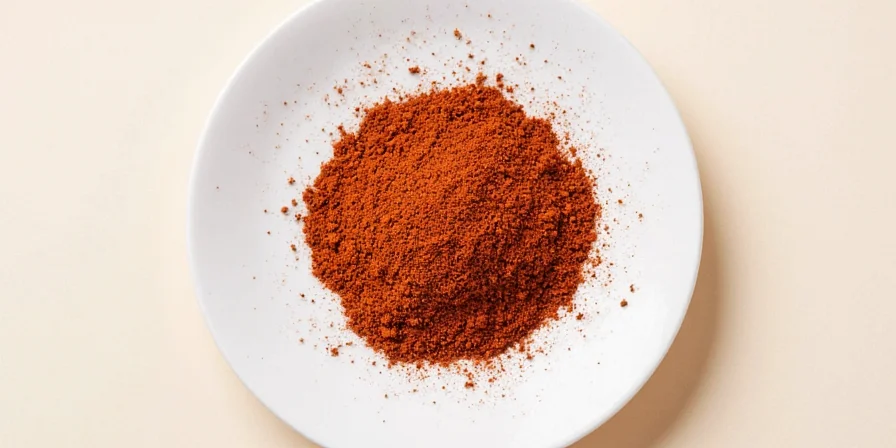









 浙公网安备
33010002000092号
浙公网安备
33010002000092号 浙B2-20120091-4
浙B2-20120091-4